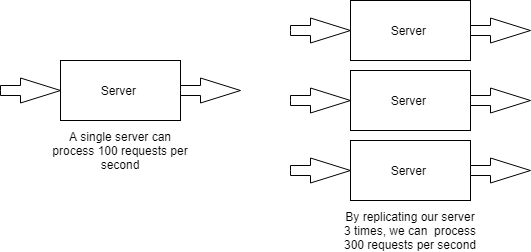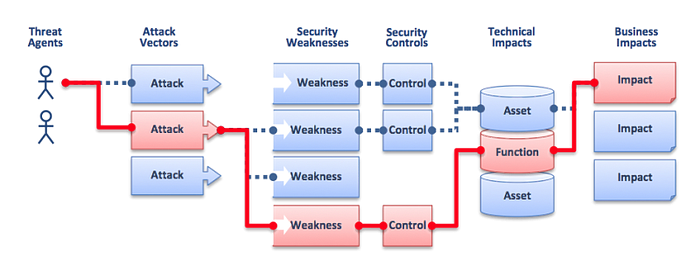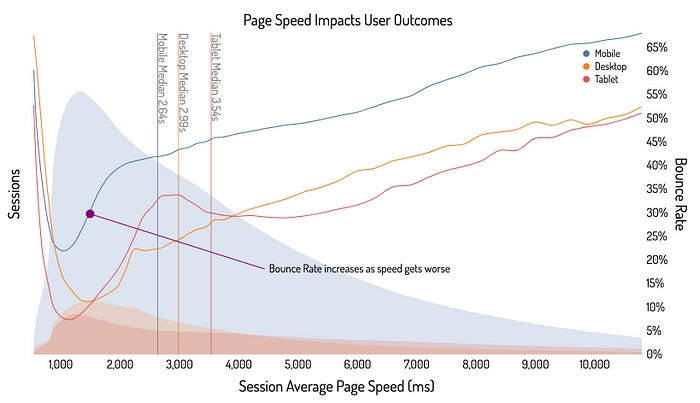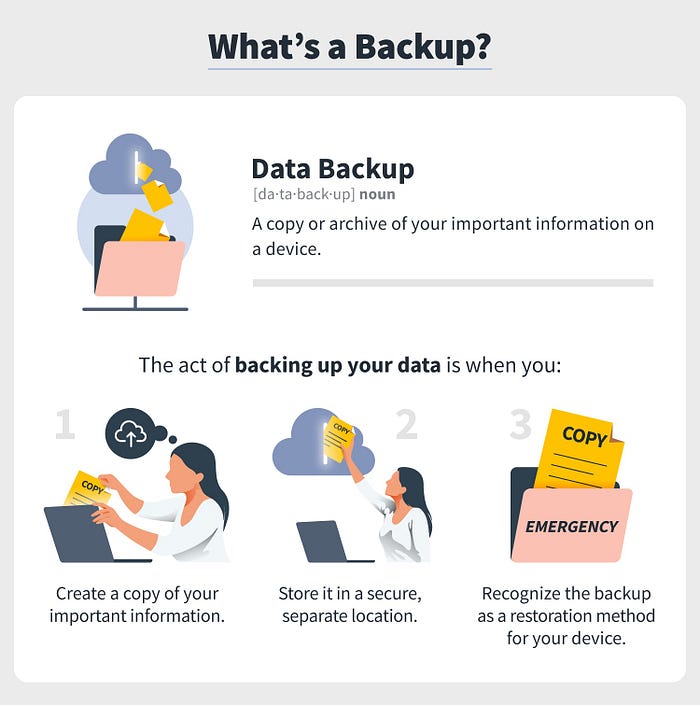Software Design Criteria To Ensure A Long-Lasting Business
The success of your business is mainly dependent on whether or not you have a robust and effective software development strategy. As technology advances and becomes more accessible, the need for updated and innovative applications has increased significantly. Some businesses have even shut down because they failed to keep their systems up-to-date with industry standards. This is why you must have a well-designed software development approach so your business can then high-tech markets like Silicon Valley.
This article is a continuation of “How to design software architecture”.
Custom Development
Custom software development is the best way to create a product that meets your specific needs. Although it may cost more than off-the-shelf software, it usually saves you money in the long run with its increased security and speed. Custom development is also faster than off-the-shelf products because the code is built specifically for your company, so no delays are waiting for third-party developers to add features like customer relationships or inventory management.

Simple and Clean UX/UI Design
UX design is the process of improving user satisfaction with a website, application, or other interfaces. UX designers ensure a product is easy to use while remaining aesthetically pleasing. This involves more than providing that the layout looks good; it also means makensuringat users can navigate through your app without analysis.

If you’re looking for software design criteria to help your business succeed, you need to know what makes a great user experience (For example, aX). A simple and clean interface will ensure that your website or app doesn’t lose visitors due to poor navigation or other problems.
Scalability
- Scalability is the ability of a system or app to accommodate new users and traffic.
- Why is scalability important? It’s important because if your system can’t scale, then it won’t be able to support a growing number of customers. In addition, if you can’t handle new users and traffic, your business will suffer from long wait times, high overhead costs caused by inefficient systems, and slow response times for each user interaction.

How do you make an app scalable? There are several things you can do:
- First, identify bottlenecks in your architecture that cause performance issues when they’re overloaded with data or requests. Then, work on improving them (e.g., adding more servers).
- Divide work into smaller tasks so that each task doesn’t overload servers as much as one big job would have done.* What are some challenges of making apps scalable? One challenge is choosing the right technology stack — one that allows for scaling but also takes into account other factors such as security requirements (if applicable)
Security
Security is a top priority for any business and should be a part of the design from the beginning. Security should be built into the software, not just as an afterthought.

Your company will need to create a security plan if you want to ensure your business’s longevity. In addition, a good security plan can help prevent data loss and theft, which can lead to expensive lawsuits or even bankruptcy if not correctly handled.
Minimal Server Load
Minimal server load is essential to ensure a fast and responsive app. Conversely, a slow or overloaded server can result in poor user experience, impacting overall user retention.

The following are some of the advantages of minimal server load:
- It makes your app more reliable
- It ensures that your users get a consistent experience regardless of their location or the device used for accessing your application.
Appealing App Design
App design is a combination of both visual and interactive elements. Therefore, ensuring that your app will be visually appealing but still functional is essential. The design should also be easy to navigate, use, and user-friendly.
Easy Data Backup and Recovery
You’ve spent years building your business and can’t afford to lose any data stored in your servers. However, it would help if you had a backup strategy to keep your data safe.

Data backup and recovery are critical for any business, whether it’s small or large. You should be able to recover from hardware failure, hardware theft, or natural disasters like floods or fires. There are many different ways to protect your data:
- Cloud storage services such as Dropbox offer off-site backups that can restore files if there’s an issue with one of their servers. This approach works well if you’re mainly storing static files like photos and documents but doesn’t work so well using many complex databases as most cloud-based solutions aren’t designed for that type of workload.
- Remote server farms have always been considered ideal because they are usually more secure than most other places (like physical computers). But even these come with their risks — if someone breaks into those systems, they’ll have only to all the information stored and potentially any information accessed through those servers, such as emails sent out from Gmail accounts.
- Online backup services may seem like an easy way out because they take care of everything automatically without having much effort put into them by users; however, this isn’t always true either since there could still be problems with how well protected these services are against threats like hackers getting into them.
- USB drives will probably not become obsolete anytime soon because they’re still functional when traveling around town and visiting clients’ offices where computer connectivity might not exist at all times (or even at all). But these drives don’t provide nearly enough space nowadays due primarily to smartphones taking over much smaller devices’ roles…
You must be aware of these software design criteria to ensure long-lasting business.
To help you understand how to build a long-lasting business, we’ll look at the software development process in more detail.

As you know, there are many different types of businesses, and some of them need software applications for various purposes.
In this case, we will be talking about the product life cycle management process, which includes:
- Software Development Life Cycle (SDLC) — a company follows steps when developing and releasing its products.
- Software Design Criteria — these include essential points that developers should consider while creating their products.
- Product Life Cycle Management Model — Microsoft Corporation created this model as a marketing strategy for Windows Phone 8 mobile operating systems.
Conclusion
Hopefully, you now understand better what it takes to create an app that will last the test of time. But, of course, the best way to ensure longevity is to ensure that your app is built on solid software design principles and that its functionality remains relevant for years to come.
This article is a continuation of “How to design software architecture”.
My other publications: https://ercindedeoglu.github.io/
